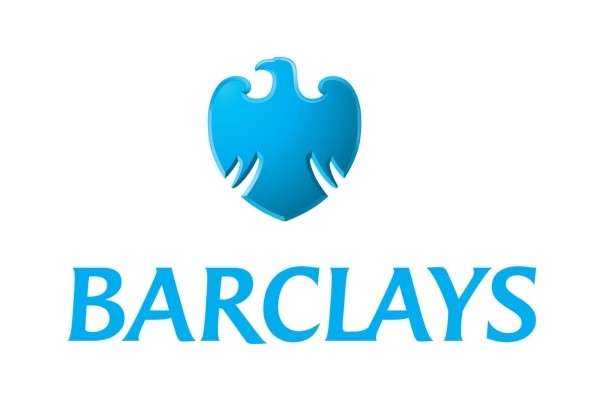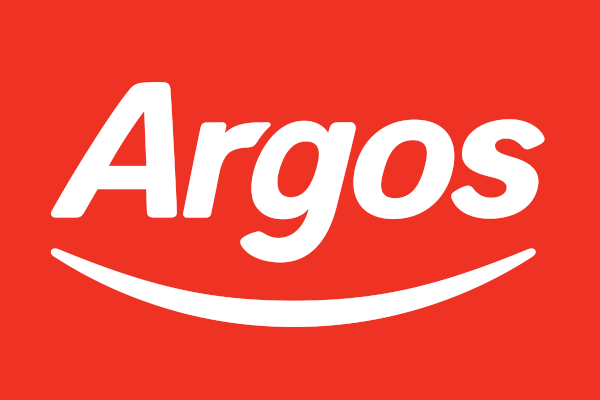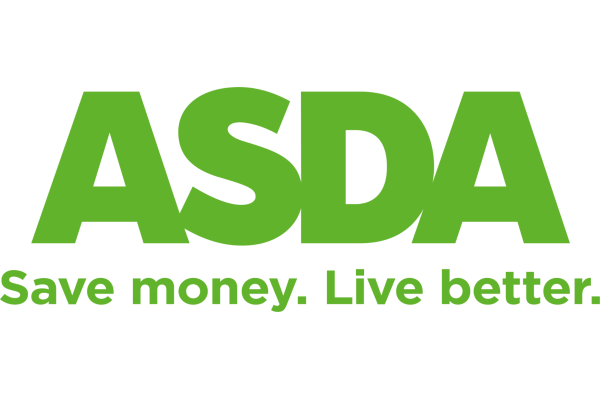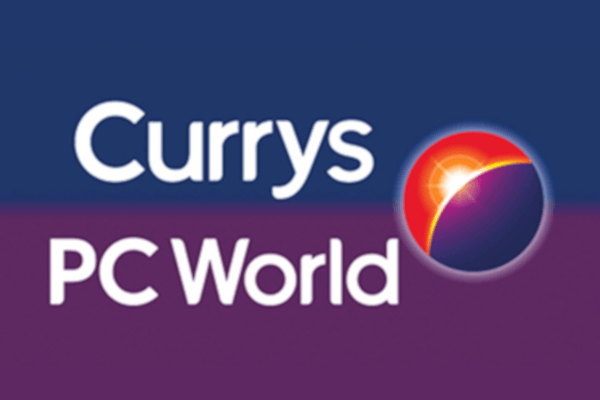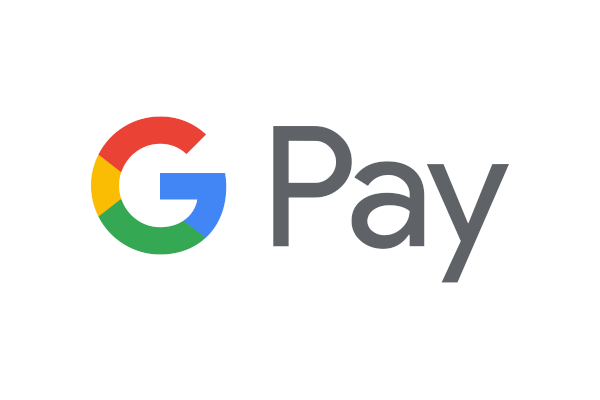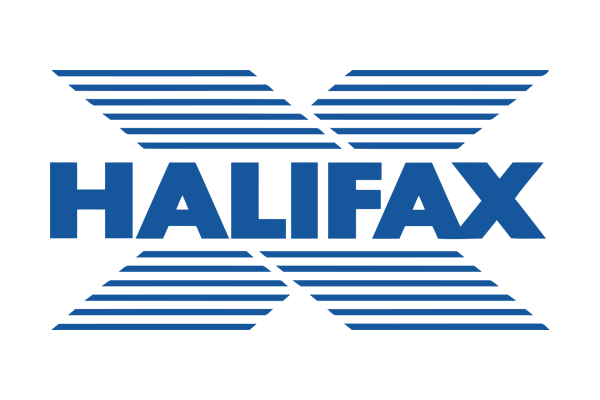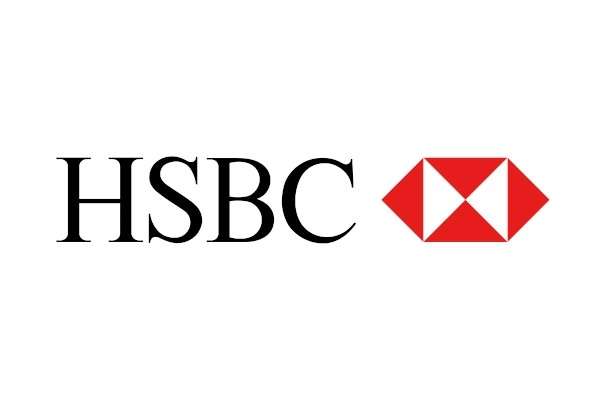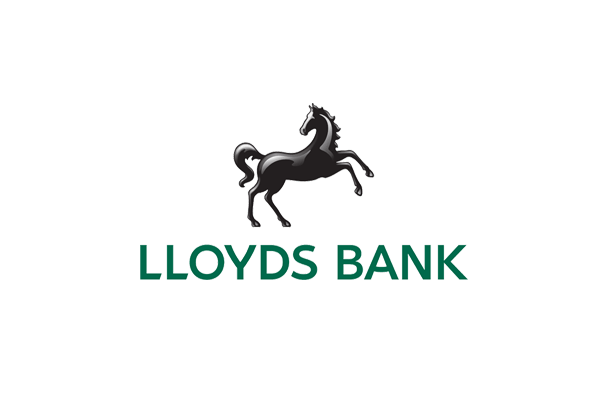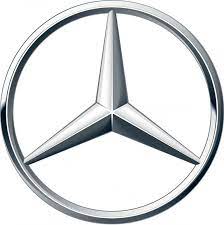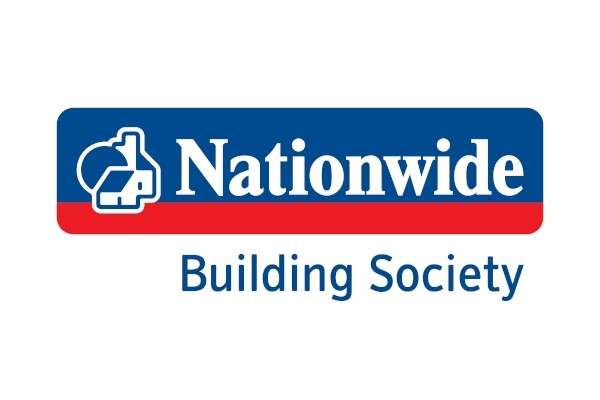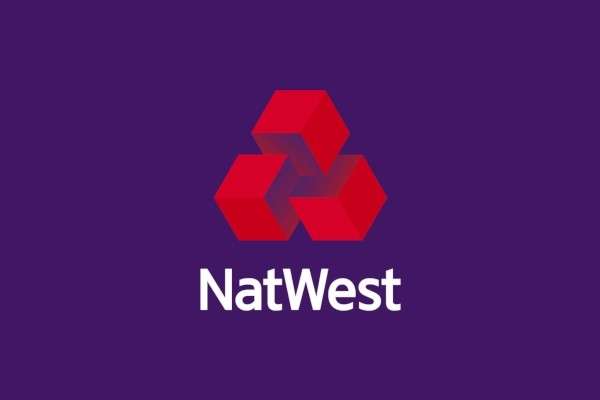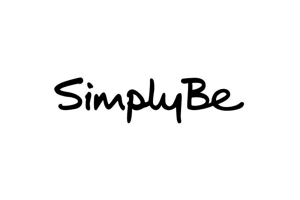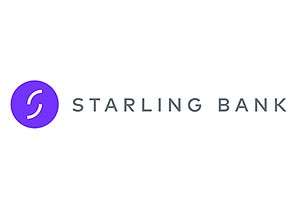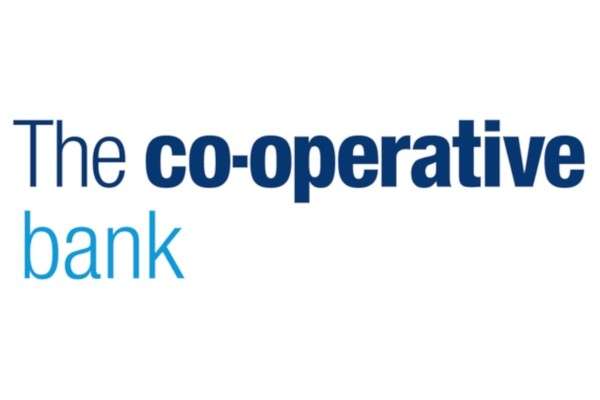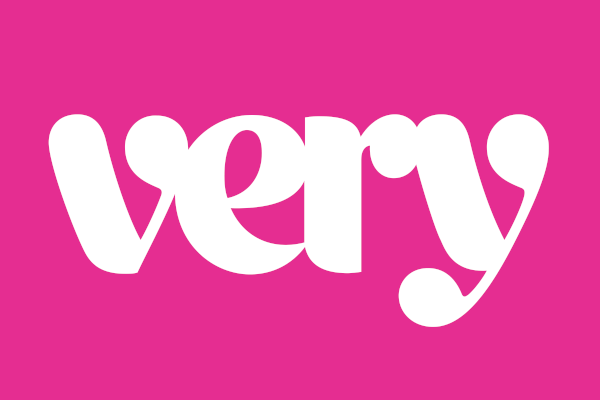
Chargeback
What Are Chargebacks?
Unlike Section 75, chargeback schemes are not a legal requirement but instead a part of Visa, MasterCard and Amex internal rules. Its sole purpose is to protect consumers against purchases of goods or services made on visa debit cards and other prepaid and credit cards if they go wrong. It merely allows consumers to claim back and challenge payments that have been made if they have an issue with the product or service.
Search for a Company to begin a Claim
What is Section 75?
Section 75 of The Consumer Credit Act 1974 was a vital law made in the UK that protects consumers. In brief, it means your credit provider must take equal responsibility if there is a problem with a purchase. This means that both your credit provider and the retailer share the responsibility and are equally liable in the case that something goes wrong with a purchase you have made using credit. It protects you against purchases made on credit cards between the value of £100 and £30,000.
This law is particularly useful if you have purchased with a retailer that is no longer trading. If a retailer goes bust, then you can claim your money back from the credit card company. This policy also applies in the case that you have paid for goods or services that you haven’t received or if they are damaged. It is also important to note that the full purchase doesn’t need to have been paid for on the credit card. Partial payments can still see you claim back the total amount.
It is also crucial to note that Section 75 protection may not always apply. Many retailers may reject claims against section 75 because of third-party payment providers. For this law to work there needs to be a direct relationship between the retailer, credit card company and the consumer. If another intermediary is added into the mix, then this does complicate things. For example, if you paid for a purchase with your PayPal account or via Google Pay, then this may mean the three-way relationship is broken.
With that in mind, as a consumer, it is essential that when shopping with retailers you are aware of what policies do and don’t apply for certain transactions. In some cases where Section 75 doesn’t apply you may be able to make a chargeback claim instead.
What Are Chargebacks?
Unlike Section 75, chargeback schemes are not a legal requirement but instead a part of Visa, MasterCard and Amex internal rules. Its sole purpose is to protect consumers against purchases of goods or services made on visa debit cards and other prepaid and credit cards if they go wrong. It merely allows consumers to claim back and challenge payments that have been made if they have an issue with the product or service.
Let’s look further into some of the transactions covered by chargeback and when you can make a claim.
Those transactions covered are:
- A purchase made that never turns up
- The retailer you have bought goods from goes bust
- Goods or services are not as described – meaning they are faulty or damaged
- The price charged was unexpected
Fraudulent transactions
Unlike Section 75 there isn’t a maximum amount for chargebacks that you can claim back. MasterCard has however set up a minimum claim amount of £10 whereas Visa and American Express still comply with no minimum amount. The chargeback scheme covers the gaps in Section 75 that are not covered. Protecting you against other transactions aside from ones with a credit card.
Different card types have different chargeback cover, what is covered for which is explained below:
- Credit Cards with chargeback protection are: Visa, Master Card and American Express
- Debit cards: Visa, MasterCard, Visa Electron, Maestro
- Prepaid cards: Visa, MasterCard
Not all transactions are covered by chargeback. Similar to Section 75 they too have limitations with third-party payment providers. You will not be covered by chargeback if you have paid for goods or services with apps such as PayPal.
Similarly, it does not cover cash withdrawals that may have been used to pay for a service or goods. It needs to be a direct sale between retailer, bank and consumer. Chargeback claims also usually need to be made within a time limit set out by the provider. This is typically within 120 days of when you have discovered the issue or made the transaction.
How Can I claim my money back?
The first stage in claiming, whether that be with Section 75 or chargeback schemes, is to contact the company you purchased from. For chargeback claims, you should try to resolve the issue with the retailer first before putting in a chargeback request. If however you and the retailer fail to meet a conclusion you are satisfied with you can then begin the claims process.
Firstly, you must contact the banking provider the card purchase was made with, whether that be your prepaid, credit or debit card. You should inform them that you want to make a complaint through their chargeback scheme. You will need to give details of the transaction you want to claim against and should aim to provide as much supporting information as possible. The chargeback scheme is not as well-known as Section 75, so it is crucial you are aware of your banking provider’s procedure.
If you are not happy with the decision made at this stage you can file a complaint with the bank. With the final step being sending a complaint to the Financial Ombudsman Service who have the power to overwrite the bank’s decision.
The process of claiming under Section 75 is pretty similar. To complain after contacting the retailer (if they haven’t gone bust), you will need to contact your bank directly instead of the likes of Visa and American Express. Many consumers get confused by different banks policies; however this only applies with chargeback schemes they have no say on your rights under Section 75.
Payment Disputes and Chargeback Schemes:
When it comes to chargeback, banks have a say on the process as this a voluntary procedure. Let’s look at the following schemes from some of the UK’s major banks to see examples of the systems in place to help you claim your money back.
Halifax Chargeback Claims
Halifax have a payment dispute process in place where they can help you any transactions you are not satisfied with. Their method covers the following most common disputes:
- Item not as described
- Being charged twice for one item
- Item/service not received
Halifax advises its customers to try and resolve the case themselves first before making a claim. This could be contacting the retailer, researching a company that appears to be fraudulent, check for outstanding payments through third-party apps. If no luck then you should call the Halifax disputes team and provide them with the following information:
- name of the company you are complaining against
- details of payment and item description
- a written summary of your dispute (not in all cases)
HSBC Chargeback Claims
HSBC has a similar process in place for customers that wish to make a chargeback claim. Their scheme rules outline that customers should act quickly due to their 120-day time limit. They also advise that customers wait 28 days for a response from them before following up on the progress of their claim.
If HSBC chooses to take your claim further, they then need to wait for responses from the retailer who may provide evidence that counteracts your claim.
Overall, HSBC aims to solve disputes within three months of when it is first raised with the retailer. Remember that you should try to resolve the case yourself first before escalating it to HSBC and act quickly to ensure you meet the requirements of the scheme.
Santander Chargeback Claims
Santander provides its customers with a useful online guide that explain both chargeback and section 75 claims. For chargeback disputes, they too have to be made within 120 days. This is from purchase day, expected delivery date or when you noticed the problem.
To claim with Santander, they ask that you provide the following information:
- Detailed product/service description
- Proof of purchase
- Proof you have returned goods if applicable
- Company name
- Date purchase was made
- Transaction evidence showing price paid
- Retailers terms and conditions
- Supporting evidence if products are damaged or faulty
- Further evidence showing your attempts to resolve this with the retailer
Nationwide chargebacks are also explained further online through online resources and are very similar to the examples raised above. Many of the banks will have detailed guides that will guide you through the process of making a claim. Whatever bank you are with it is essential however to try and resolve the case yourself first.
Overall, a consumer needs to be aware of their rights under Section 75 and chargeback claims. It is important to remember your rights and that your purchases are protected.
Top Complaints:
Quick Complaint Form
All companies in this category


